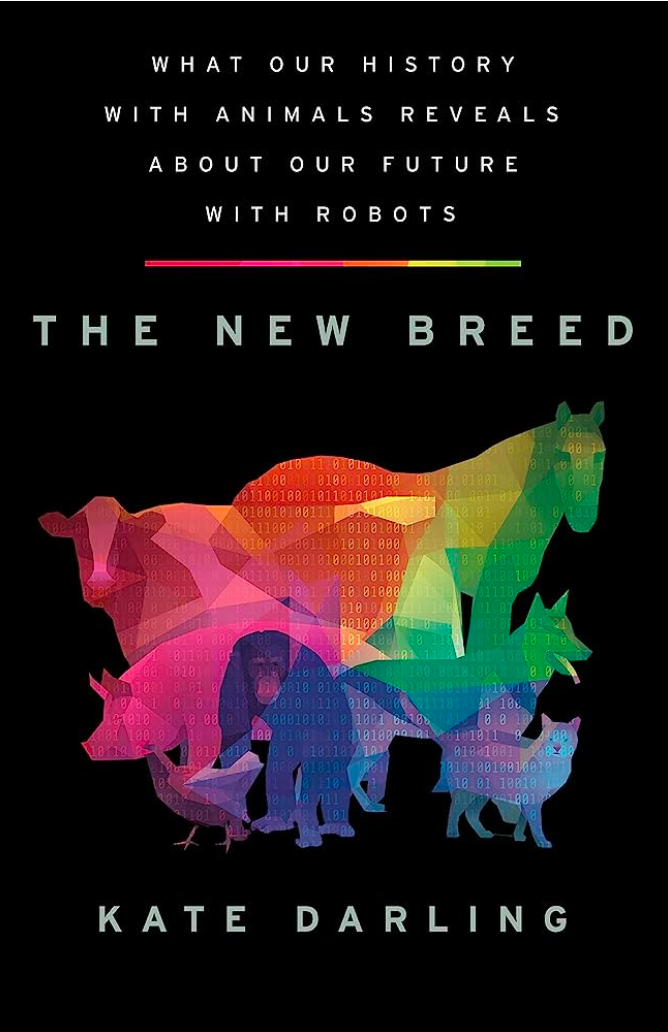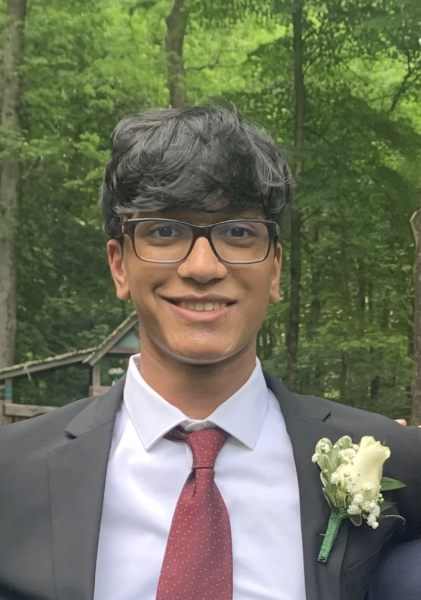Imagine a world where robots walk among us, not as menacing villains from science fiction movies, but as members of a more complex future society. Dr. Kate Darling explores this notion in The New Breed, a fascinating work that compares and contrasts the relationship between humans and animals to the relationship between humans and robots. Her book raises questions about identity, ethics, and the very essence of what it means to be human in a new technological age.
Dr. Kate Darling is a research scientist at MIT’s Media Lab, where she investigates human-robot interaction and social robotics. Darling’s work delves into the implications of robotics on society, law, and ethics in coming decades. In her book, she aims to disprove the common dystopian science fiction depiction of robotics. The book suggests that instead of comparing robots to humans, a closer comparison can be drawn between robots and animals. Darling explores our anxieties about robots/AI — from robot apocalypses to calls for robot rights — through the context of our age-old interactions with animals.
From ancient civilizations that revered animal deities and created mythologies around them to their domestication, animals have left an indelible mark on human history. They have served as “man’s best friends,” sources of sustenance, laborers, and trusted companions. Darling curates a wide selection of stories about the relationship between humans and animals that reveal how humans interact with living beings around them.
As a result of the age of artificial intelligence, manual robots have now been endowed with the ability to think, at least in some capacity. These new machines are different from anything we have dealt with before — autonomous machines can make unpredictable decisions. When these systems fail, even AI engineers have trouble pinpointing their point of failure. Darling discusses the issue of responsibility and fault with these failures. For example, if self-driving cars malfunction on the road, who is responsible? The car manufacturer, the AI engineers, the driver, or the AI itself?
Darling delves into the limitations of artificial intelligence and why we don’t have to worry about robots replacing humans anytime soon. She asserts that AI has not come close to replicating flexible human intelligence. Until now, robots have been restricted to tasks involving the 3 D’s — “dirty, dull, and dangerous.” She writes, “robots are very good at doing focused, well-defined tasks but don’t understand context and can’t handle new situations…[For example], a robot built for welding can’t task switch to picking up a loose part that falls on the floor elsewhere, something its human coworkers can do effortlessly.”
Readers of The New Breed will come away with a fresh and real perspective on human-robot relationships and a more thorough understanding of how humans interact with nonhuman creatures around them. By embracing the principles we learn from our interactions with animals, we can shape a future where humans and robots coexist harmoniously.


